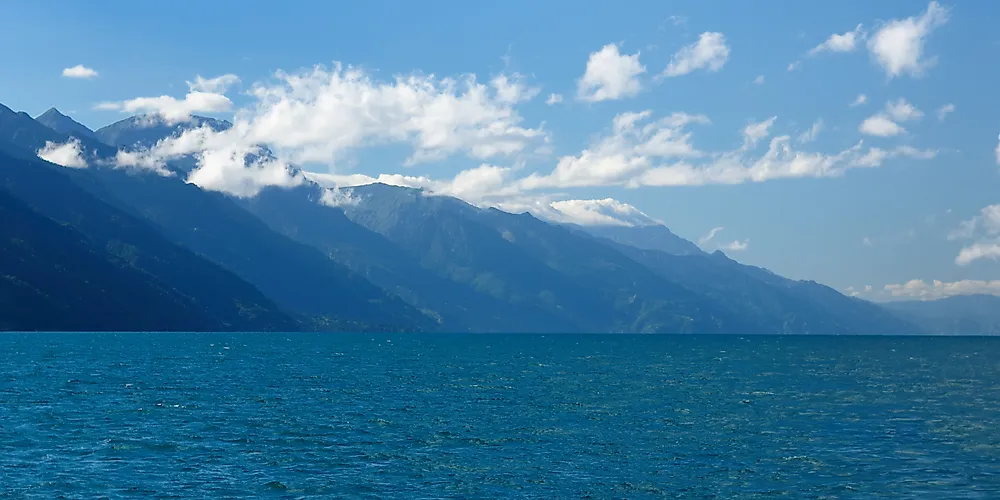What Is An Etchplain?

The earth’s surface is always ever changing and the earth itself has its tectonic forces that are in constant movement. Wind and water are some of the elements that shape the Earth’s surface. The changes are always minimal and may not be evident right away but over time they manifest themselves through the creation of new surface terrains. An Etchplain is one among many features that are formed through such processes. The term etchplain was coined by B. Willis and E. J. Wayland in the 1930s who were conducting a study in the East African region.
What Is an Etchplain?
An etchplain is a plain that is formed in a place where the bedrock undergoes a considerable amount of subsurface weathering, corrosion, and decomposition deep underneath in a process commonly referred to as etching. Subsurface weathering is erosion that occurs underground and is caused by the shifting of the tectonic blocks when they meet some form of resistance. Despite their name, etchplains are not as flat as many would expect because the weathering of the bedrocks that give rise to the features does not occur uniformly. This is because the bedrocks in question offer varied levels of resistance hence the erosion is severe in some areas and moderate in others. This process results in a plain that has landform features like medium mountain ranges and shallow valleys.
How Are Etchplains Formed?
Etchplains are formed when deep erosion occurs between one weak bedrock and an underlying and more resistant bedrock. As the erosion progresses it slowly weathers down the weak bedrock with time and eventually the underlying intact rock is exposed to the surface. The corroded material is eventually washed or blown away to expose the well-defined compartments of the resistant bedrock, and this forms an etchplain.
Types of Etchplains
There are six types of etchplains, and they are categorized in line with the method through which they were formed. They are: mantled etchplain, partly stripped etchplain, stripped etchplain, complex etchplain, buried etchplain, and exhumed etchplain.
Mantled Etchplain is formed where the bedrock is not exposed to the surface only the base of the mantle is weathered down slowly shaping the landscape around it without necessarily touching the underlying bedrock.
Partly Stripped Etchplain is a Mantle Etchplain whose bedrock has finally been breached through continued weathering; however not all of the bedrock gets exposed, a huge part of it remains intact.
Stripped Etchplain is a Mantle Etchplain with 80% of the bedrock being exposed to the surface some of the bedrock remains hidden.
Complex Etchplain is an etchplain that has deeply incised valleys that are formed as a result of extreme weathering or the re-weathering of an exposed mantle etchplain.
Buried Etchplain refers to one that has been entirely covered by newly formed sediments or by lava.
Exhumed Etchplain is an etchplain that has been re-exposed after being buried.











